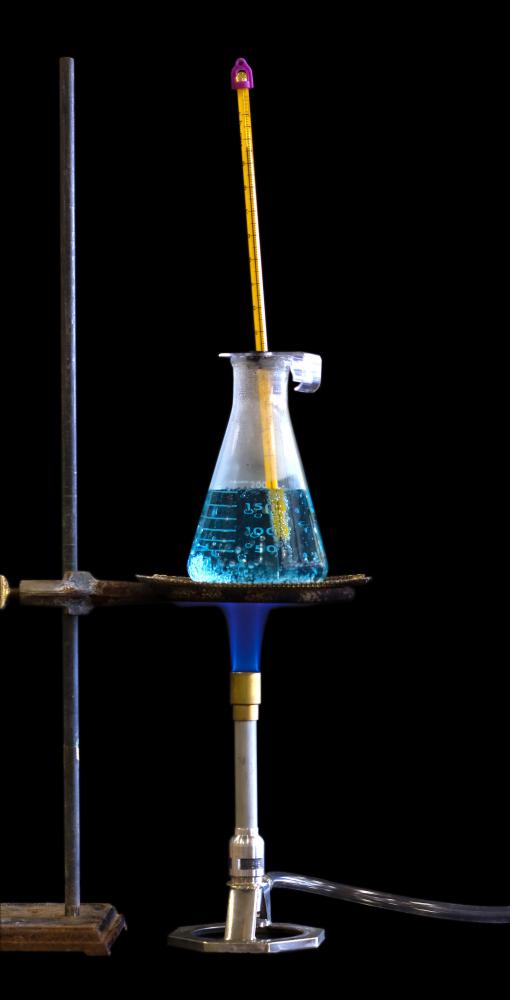What is Physical Chemistry?
Literally millions of chemical compounds are in existence. The ways in which these compounds and their constituents react and interact with one another is governed by certain physical principles that explain their behavior. Physical chemistry is therefore the foundation upon which all other fields of chemistry rests, and this science is also relevant to virtually all other scientific fields. Physical chemistry is encompassed by four subject areas, including thermodynamics, quantum chemistry, chemical kinetics, and statistical thermodynamics.
Thermodynamics is the study of the conversion of energy into heat and work. In this context, work is defined as the energy transferred by a force; for example, kicking a ball is a form of work in which the person who kicks the ball transfers force from their foot to the ball, causing the ball to move. Thermodynamics also studies ways in which the conversion process can be altered by changing variables such as pressure and temperature within a system.

Quantum chemistry is a theoretical science which describes how molecules bond to one another by applying principles of quantum field theory and quantum mechanics. These principles describe how atoms and subatomic particles behave in various systems, and in turn govern how molecules behave. Theoretically all chemical systems can be described using quantum chemistry, but in practice only very simple systems can be accurately investigated.

Chemical kinetics studies the rates of chemical processes. The rate of a given chemical process is simply the speed at which a chemical reaction occurs. For example, contrast the rate of iron oxidation, which is a very slow process, with the rate of fuel combustion, which is a split-second process. Chemical kinetics also studies how changing variables such as pressure and temperature change the rate at which reactions occur.

These three aspects of physical chemistry are linked by a fourth, called statistical thermodynamics. This field is concerned with energy distribution in chemical systems, and also links the microscopic and macroscopic worlds. The main goal of statistical thermodynamics is to interpret macroscopic properties of various types of matter in relation to the interactions between their constituent microscopic molecules and particles.

Through the study of these four concepts, modern physical chemistry seeks to understand complex chemical problems in the context of biological, environmental, and materials sciences. Even though these are widely disparate fields, the principles of physical chemistry are relevant to all, including biological as well as physical and chemical sciences. This is in fact a highly multidisciplinary science, precisely because the chemical principles it studies are relevant to all biological and chemical systems.
AS FEATURED ON:
AS FEATURED ON:
















Discuss this Article
Post your comments